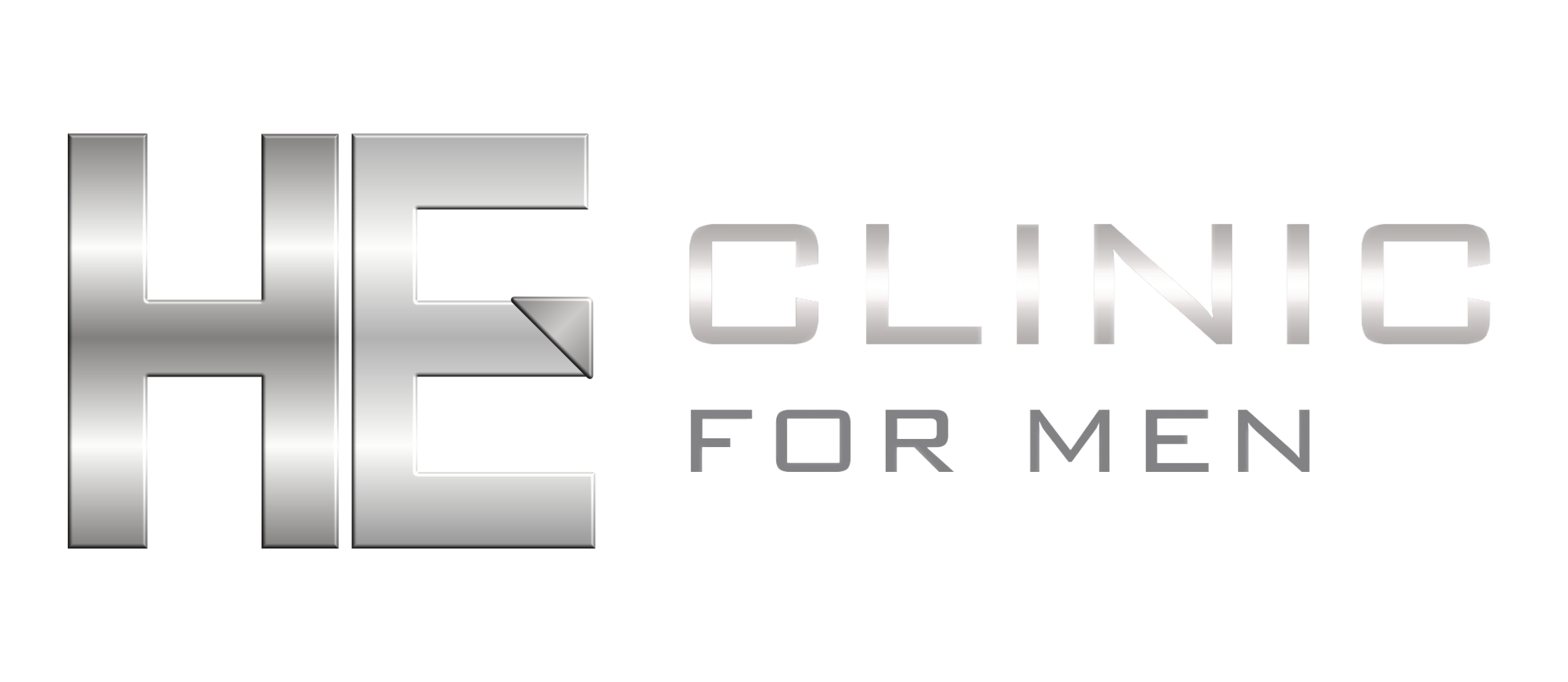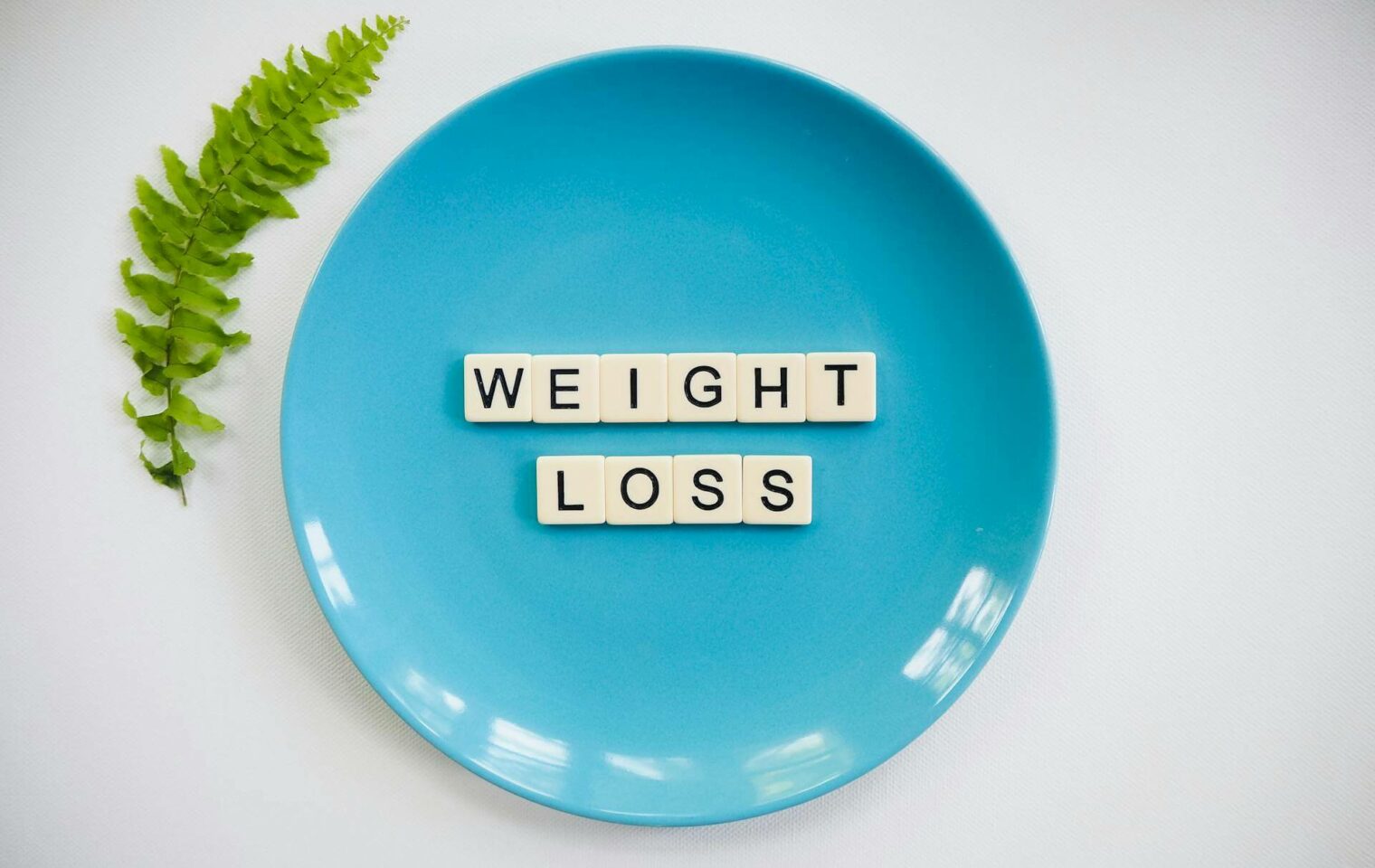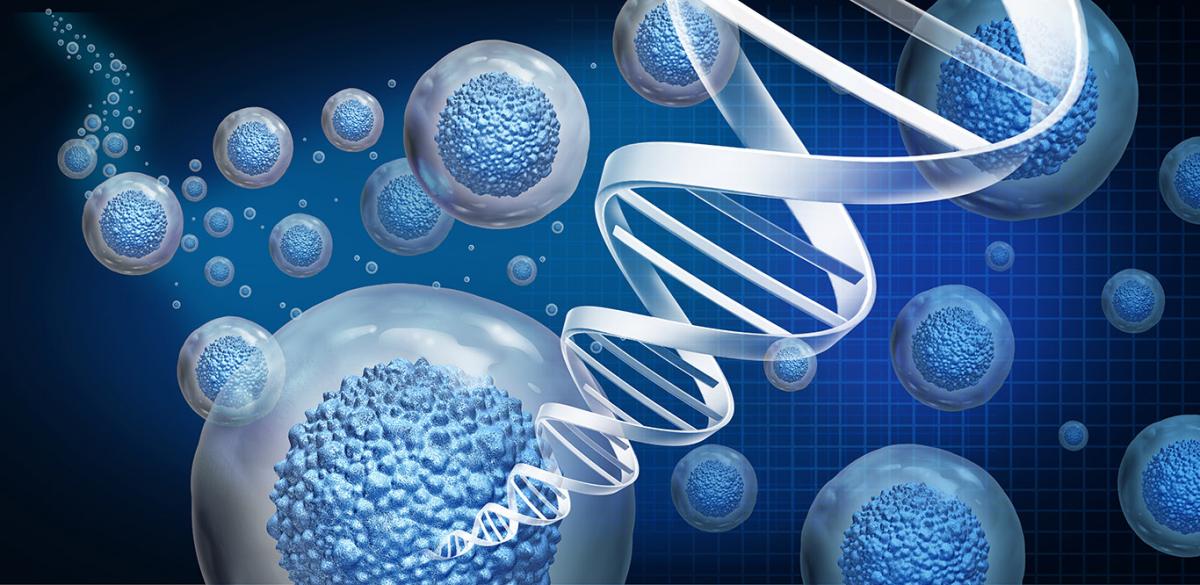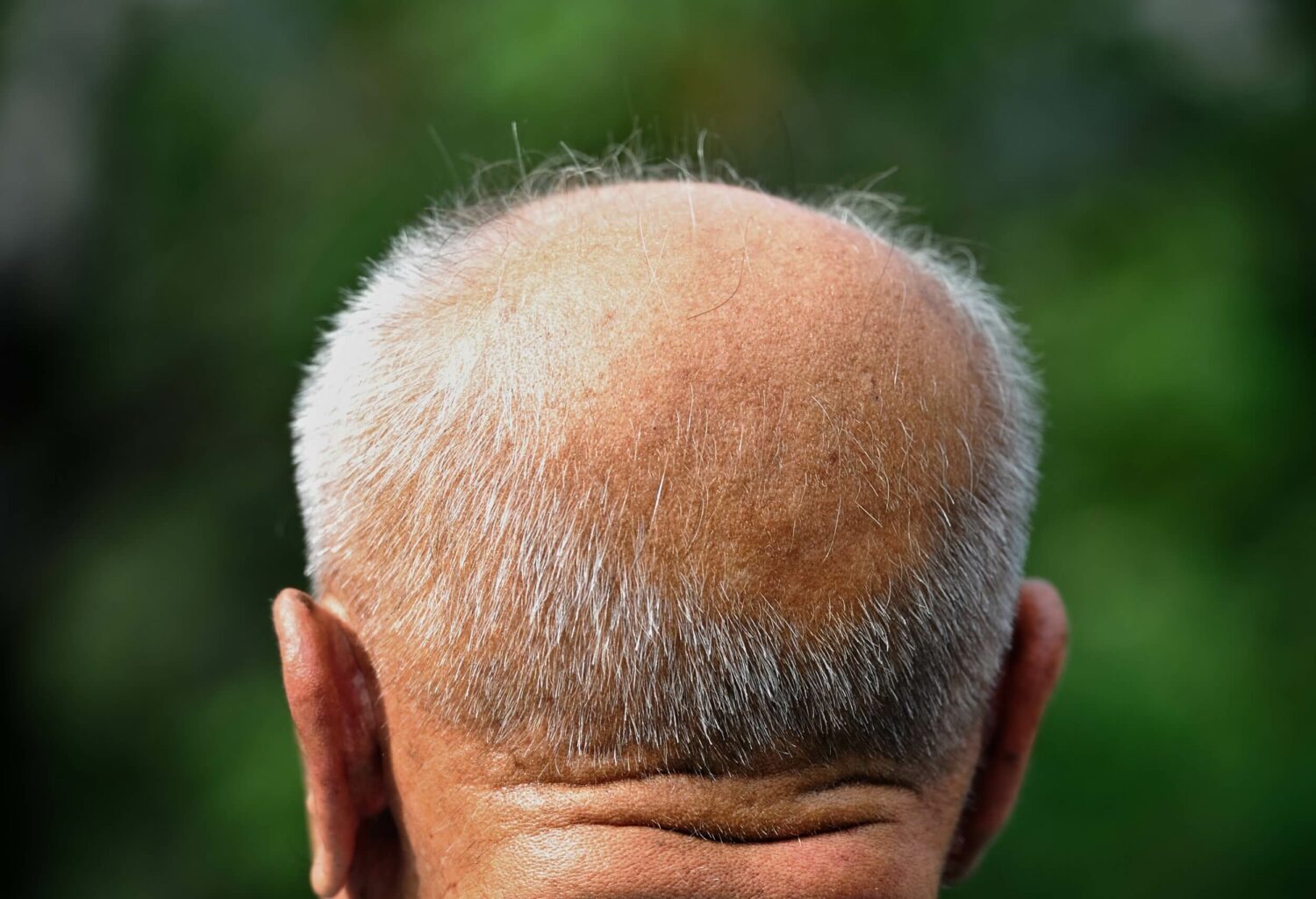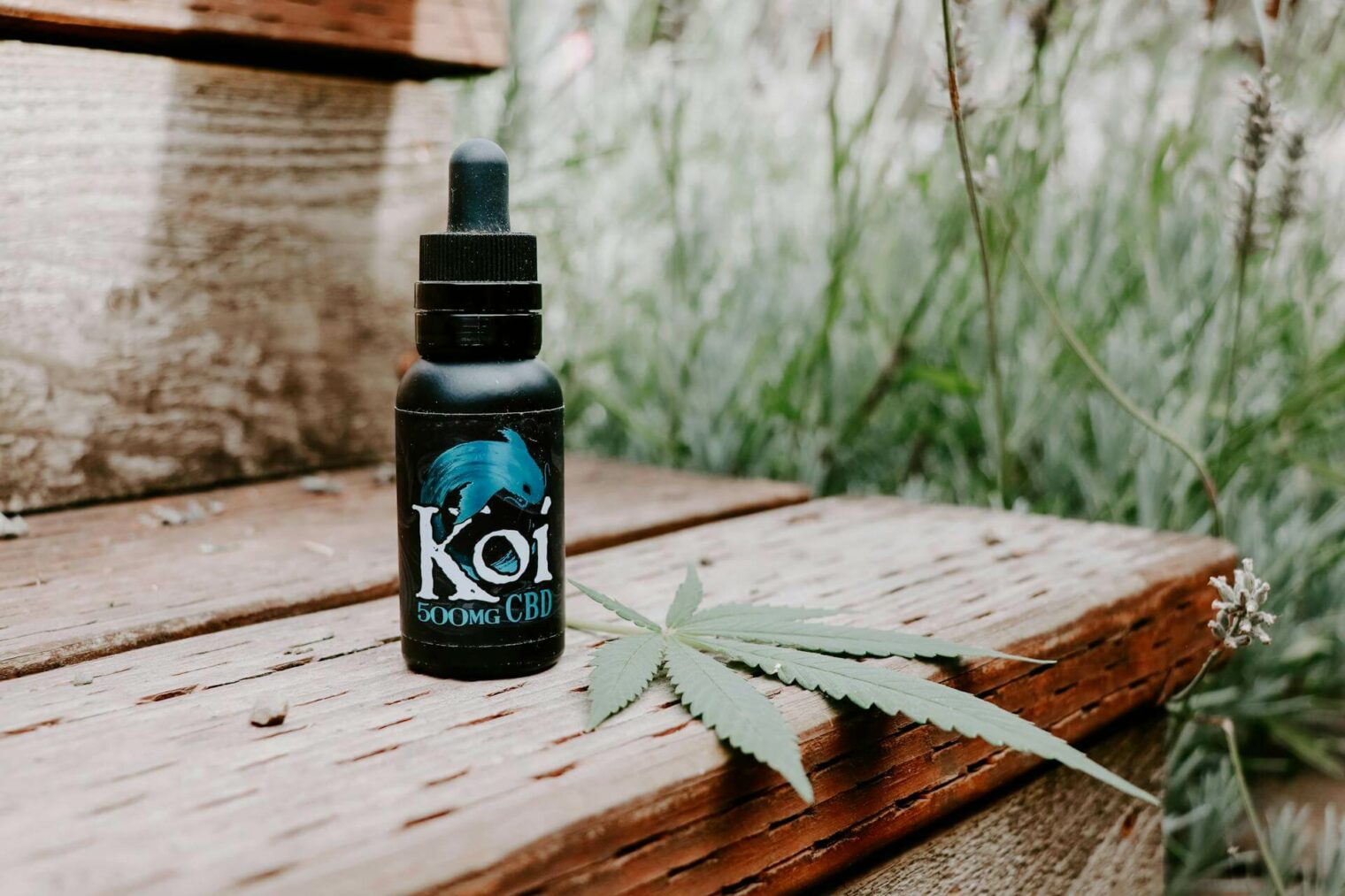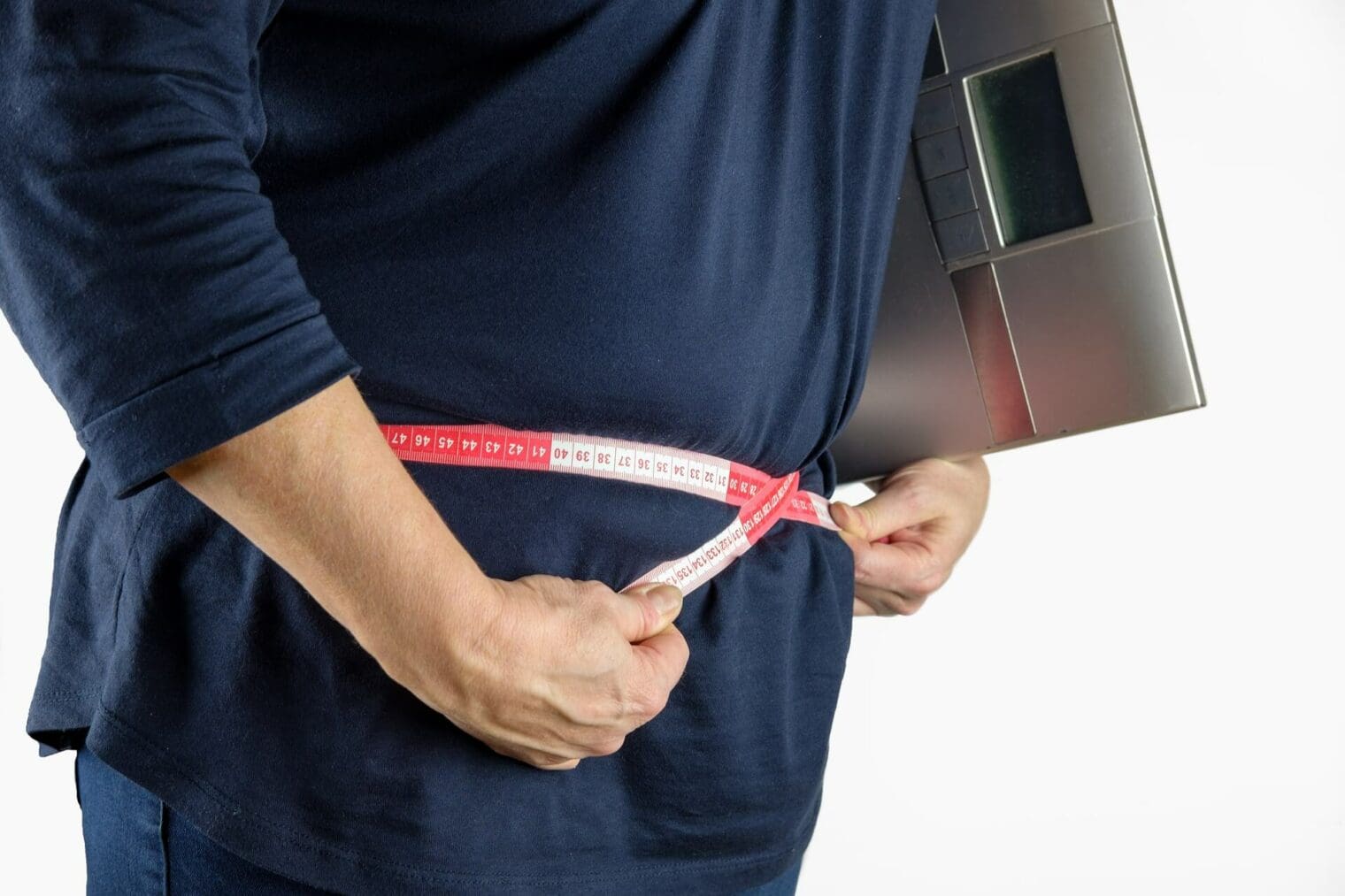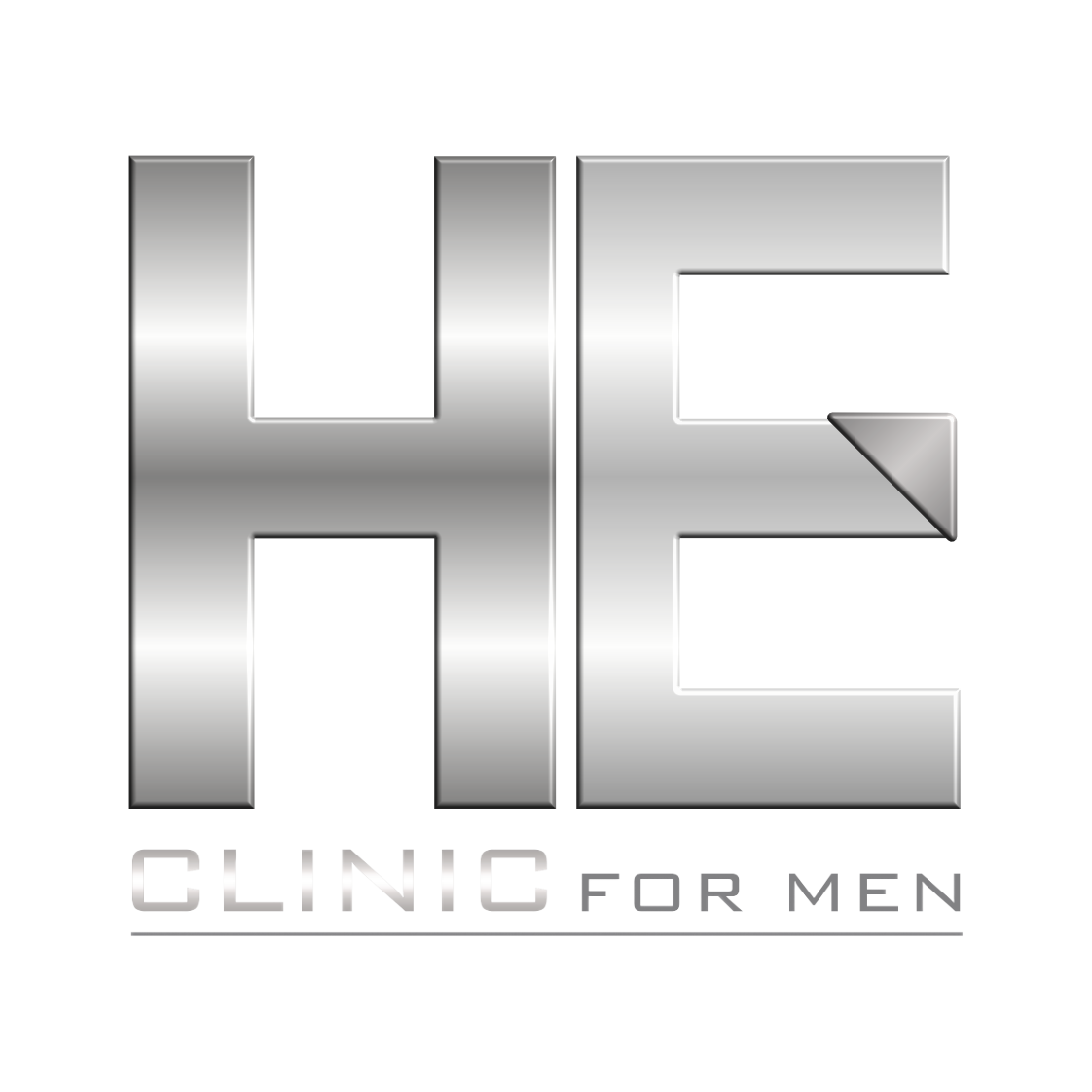Do you know anything about CoolSculpting and Fat-Freezing? Shedding those stubborn pockets of belly fat can feel like a never-ending battle for many. From diet and exercise to the latest in aesthetic treatments, the quest for a slimmer figure takes numerous forms.
One question often arises: does CoolSculpting and fat-freezing work? This modern approach to noninvasive fat reduction, known scientifically as cryolipolysis, offers an intriguing solution by literally freezing the fat away.
CoolSculpting has become a buzzword in cosmetic procedures, promising belly fat reduction without the need for surgery. By targeting adipose tissue (fat cells) and cooling them to a point where they begin to break down, this treatment provides an option for those looking to refine their silhouette with minimal downtime.
Our article demystifies CoolSculpting effectiveness and explores real-life experiences alongside clinical research studies. We’ll also touch on potential risks such as paradoxical adipose hyperplasia—a rare but notable side effect—and compare it with traditional methods like liposuction.
Discover how this fascinating technology might be your ally in the fight against unwanted body contours. Keep reading; your CoolSculpting and Fat-Freezing journey begins here.
Understanding CoolSculpting and Fat-Freezing
CoolSculpting, also known as cryolipolysis, is a non-invasive cosmetic procedure that helps reduce stubborn fat pockets by freezing and eliminating fat cells. This treatment aims to contour the body without surgery or downtime.
What is CoolSculpting?
CoolSculpting, scientifically known as cryolipolysis, is a non-surgical fat removal method that utilises cold temperatures to break down fat cells. The procedure targets stubborn areas of fat that don’t seem to go away with diet and exercise alone.
By cooling these areas, it causes the fat case to freeze and die over time. The body then naturally processes and eliminates these dead cells, leading to a reduction in fat layers.
Experts in dermatology treatments often recommend this body contouring technique for reducing stubborn belly fat without needing invasive surgery like liposuction. It has gained popularity for its effectiveness in freezing fat for weight loss and its minimal downtime compared to surgical alternatives.
Next, we’ll explore how CoolSculpting works.
How does it work?
After the CoolSculpting applicator is placed on the targeted area, it delivers controlled cooling to freeze and eliminate unwanted fat cells without damaging the surrounding tissues.
During the treatment, fat cells are crystallised and then naturally processed by the body over time, resulting in a gradual reduction of fat in the treated area. This process, known as cryolipolysis, has been shown to be effective in reducing stubborn pockets of fat.
The Cryolipolysis procedure typically takes about 35-60 minutes per session, during which patients can relax or engage in other activities. Results may start to become noticeable within a few weeks after treatment and continue to improve over several months as the body naturally expels the destroyed fat cells.
With its non-invasive nature and minimal downtime, CoolSculpting has gained popularity as a convenient alternative for those seeking non-surgical fat reduction options.
What is Fat-Freezing?
Fat-freezing, also known as cryolipolysis, is a non-invasive procedure that targets and reduces stubborn fat cells in specific areas of the body. During the treatment, the controlled cooling technology crystallises and destroys fat cells, which are then naturally eliminated from the body over time.
This innovative approach has gained popularity as an effective alternative to surgical procedures for reducing unwanted fat pockets.
The method has been clinically proven to reduce targeted fat by up to 25% with noticeable results in just a few months. The process is safe with minimal downtime, making it an appealing option for individuals seeking non-surgical fat reduction solutions.
Fat-freezing offers a tailored and contoured approach towards achieving one’s desired body shape without the risks associated with surgery or invasive treatments. As such, it provides a viable avenue for those looking to enhance their physique through non-invasive methods.
Moving on to understanding the effectiveness of coolsculpting and fat-freezing…
Effectiveness of CoolSculpting and Fat-Freezing
CoolSculpting and fat-freezing have shown promising results in reducing targeted areas of fat, as supported by research studies and real-life experiences. These non-invasive treatments offer a viable solution for individuals seeking effective fat reduction methods without surgical intervention.
Results of research studies
Research studies have shown that CoolSculpting and fat-freezing treatments can lead to significant reductions in targeted areas of body fat. Studies have reported an average fat reduction of around 20-25% after the procedure, with results becoming visible within a few months.
For instance, a study published in the Journal of Cosmetic Dermatology found that cryolipolysis treatment led to a noticeable decrease in subcutaneous fat layer thickness. Another study revealed that 86% of participants experienced improvement in their body contour.
Moving on to “Risks and Side Effects” – it’s essential to weigh all aspects before considering these procedures for yourselves or others.
Real-life experiences
Many individuals have reported positive experiences with CoolSculpting and fat-freezing procedures. For example, a study conducted by the American Society for Dermatologic Surgery found that 82% of patients who underwent CoolSculpting treatment reported noticeable improvements in targeted areas.
Additionally, many people appreciate the non-invasive nature of these procedures, as they can return to their daily activities immediately after the treatment. Some individuals have also noticed a reduction in stubborn fat pockets over time, leading to increased satisfaction with their body contours.
Furthermore, personal accounts indicate that most patients experienced minimal discomfort during the procedure and were able to resume their regular routines without significant downtime.
These real-life experiences demonstrate that CoolSculpting and fat-freezing can be effective methods for reducing unwanted fat deposits in certain areas of the body.
Risks and Side Effects
CoolSculpting and Fat-Freezing come with potential risks and complications to consider. Patients may experience pain, discomfort, temporary irritation, and in rare cases, paradoxical adipose hyperplasia.
Potential risks and complications
CoolSculpting and fat-freezing procedures come with potential risks and complications. Some individuals may experience pain or discomfort at the treatment site, which usually subsides within a few days.
Temporary redness, swelling, bruising, tingling, or skin sensitivity are common side effects after the procedure. In rare cases, paradoxical adipose hyperplasia can occur, leading to an enlargement of fat cells in the treated area.
It’s essential to weigh these potential risks against the benefits when considering CoolSculpting and fat-freezing procedures for non-surgical fat removal. Evaluating alternatives is also crucial before making a decision about moving forward with the treatment.
Next – Alternatives and Final Thoughts
Pain or discomfort
Moving on from the potential risks and complications, it’s important to consider the aspect of pain or discomfort associated with CoolSculpting and fat-freezing procedures. While some individuals may experience mild discomfort during the treatment due to the pulling sensation caused by the suction device, this is generally well-tolerated.
Additionally, post-treatment side effects such as temporary redness, bruising, swelling, tingling sensations or skin sensitivity might occur in treated areas for a brief period. It’s important to note that these effects are usually mild and subside within a few days.
During the procedure, patients often report feeling numbness or cold in the treated area as cryolysis freezes fat cells while leaving other tissues unharmed. However, all these sensations are transient and don’t hinder daily activities or require extensive downtime.
Moreover, compared to surgical options like liposuction which involve more invasive techniques leading to significant post-operative discomfort and longer recovery times, CoolSculpting typically offers a milder experience with minimal discomfort during and after the procedure.
In summary, while some temporary discomfort can be expected during and after CoolSculpting treatments due to its mechanism of action targeting fat cells through controlled cooling without affecting surrounding tissue significantly lessens any negative impact.
Temporary irritation
After CoolSculpting or fat-freezing, patients may experience temporary irritation such as redness, swelling, bruising, and skin sensitivity in the treated area. This typically resolves within a few days to a couple of weeks post-treatment.
Some individuals might also feel a tingling sensation or numbness in the treated area for a short period after the procedure. These are common side effects reported by many individuals undergoing Cryolipolysis; however, they tend to be mild and transient.
It’s essential to understand what temporary irritations may occur following CoolSculpting or fat-freezing. Being informed about potential side effects prepares individuals for what to expect during recovery and can help ease any concerns about normal post-treatment symptoms before seeking professional advice.
Moving on to “Paradoxical Adipose Hyperplasia,” it’s crucial to address another rare but notable risk associated with this treatment method.
Paradoxical adipose hyperplasia
Paradoxical adipose hyperplasia is a rare but concerning side effect of CoolSculpting and fat-freezing treatments. It occurs when the targeted fat cells expand rather than shrink, leading to an increase in volume in the treated area.
Research indicates that this condition affects around 0.0051% to 0.025% of individuals who undergo these procedures, causing significant distress and dissatisfaction with results.
The development of paradoxical adipose hyperplasia has been linked to factors such as genetic predisposition and improper treatment applicators. Patients affected by this side effect often require corrective surgeries or alternative interventions, adding physical, emotional, and financial burdens.
As such, it’s crucial for individuals considering CoolSculpting or fat-freezing to fully understand the potential risks involved.

Alternatives and Final Thoughts
When considering non-invasive fat reduction methods, it’s essential to explore alternative options and weigh the benefits against CoolSculpting. You might find it helpful to compare CoolSculpting with liposuction before making a decision.
Other non-invasive fat reduction methods
Other non-invasive fat reduction methods offer alternatives to CoolSculpting and fat-freezing. These methods include laser therapy, injectable treatments, radiofrequency energy, and ultrasound.
Laser therapy targets fat cells through heat, while injectable treatments use medication to dissolve fat cells. Radiofrequency energy and ultrasound work by heating and destroying the fat cells.
Compared to traditional liposuction, these non-invasive methods generally involve less downtime and fewer risks. However, it is essential to consult with a qualified healthcare professional to determine the most suitable option based on individual needs and desired outcomes.
These alternative methods provide individuals with choices for achieving their body contouring goals without undergoing surgery or experiencing extensive recovery periods. Each technique offers its own set of benefits and considerations in addressing unwanted fat deposits.
Comparing CoolSculpting to liposuction
CoolSculpting and liposuction are both popular methods for eliminating stubborn fat pockets. CoolSculpting is a non-invasive procedure that uses cooling technology to freeze and break down fat cells, while liposuction is a surgical procedure involving the removal of fat through suction.
While CoolSculpting may result in mild discomfort, redness or numbness, liposuction carries typical surgical risks such as infection, blood clots, and anaesthesia-related complications.
Studies have shown that both procedures yield noticeable fat reduction results. A 2015 study published in Plastic and Reconstructive Surgery found that patients who underwent CoolSculpting experienced an average fat layer reduction of about 25%.
Conversely, liposuction offers more immediate results but involves downtime for recovery.
When it comes to cost, the price of CoolSculpting can be comparable to lipo surgery when considering multiple treatment areas over time.
Moving on from this comparison we will delve into “Is it worth it?
Is it worth it?
Considering the proven effectiveness and minimal risks associated with CoolSculpting and fat-freezing, many individuals find it a worthwhile option for body contouring. Research studies have shown that this non-invasive procedure can reduce targeted fat areas by up to 25% after just one session, with noticeable results within two to three months.
Furthermore, the lack of downtime and low risk of side effects make it an attractive alternative to surgical procedures such as liposuction. When compared to other non-invasive fat reduction methods, CoolSculpting stands out as a safe and effective option.
With its ability to provide long-lasting results without the need for anaesthesia or incisions, many people find that the benefits outweigh any potential drawbacks.
Considering these factors along with its impressive track record, CoolSculpting is deemed a valuable investment by those seeking a reliable solution for reducing stubborn fat deposits.
CoolSculpting and Fat-Freezing in 2024
In conclusion, while CoolSculpting and fat-freezing may offer a non-invasive solution for reducing stubborn fat, it’s important to weigh the potential risks and side effects against the desired results.
Research studies have shown varying degrees of effectiveness, with some individuals experiencing positive outcomes while others see minimal change. Additionally, considering alternatives like liposuction or other non-invasive fat reduction methods can help individuals make an informed decision about their body contouring journey.
Ultimately, the decision to undergo CoolSculpting or fat-freezing should be made after thorough consideration of individual goals and expectations. It’s advisable for individuals to consult with a qualified healthcare professional to discuss personalised options tailored towards achieving their desired outcome without overlooking any potential risks that may come with this procedure.
